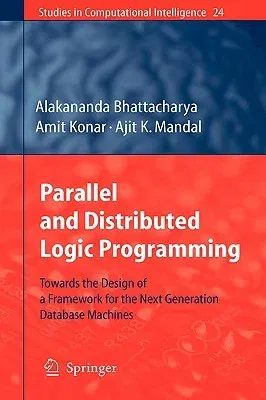Alakananda Bhattacharya
(Author)Parallel and Distributed Logic Programming: Towards the Design of a Framework for the Next Generation Database Machines (2006)Hardcover - 2006, 7 July 2006

Qty
1
Turbo
Ships in 2 - 3 days
In Stock
Free Delivery
Cash on Delivery
15 Days
Free Returns
Secure Checkout

Part of Series
Studies in Computational Intelligence
Part of Series
Studies in Computational Intelligence,
Print Length
291 pages
Language
English
Publisher
Springer
Date Published
7 Jul 2006
ISBN-10
3540334580
ISBN-13
9783540334583
Description
Product Details
Book Edition:
2006
Book Format:
Hardcover
Country of Origin:
DE
Date Published:
7 July 2006
Dimensions:
23.39 x
15.6 x
1.91 cm
ISBN-10:
3540334580
ISBN-13:
9783540334583
Language:
English
Location:
Berlin, Heidelberg
Pages:
291
Publisher:
Weight:
607.81 gm